11 Content Planning Tools to Keep Your Content Marketing on Track
All projects start with a plan. It’s true for every department of your company, and it’s definitely true for content marketing. Even brands that rely on newsjacking, tracking, and writing about current events to boost their content visibility, have a content strategy in place that guides writers and editors in the creation process.
While content analysis software can help improve the quality of your content, without a plan or strategy, your team will end up creating content that is inconsistent with company goals. Duplicate topics may crop up on your site. And, having worked in content marketing, I can tell you, nothing will come in on time, and nothing will be tracked for performance.
To create a content plan, you need a clear idea of your goals and the message your brand is trying to convey through your content.
Then it’s time to research and plan. Look at what’s ranking. Look at what your competitors are doing. And look at what you’ve created in the past.
Plan out written, video, visual, and social content that aligns with your brand’s goals and message, and map it out on an editorial calendar. Assign the right tasks to the right team members, and put in place publishing and tracking procedures that ensure you’re publishing the right content at the right time.
There are several content planning tools out there to help you implement an effective content plan. Let’s take a look at a few of them.
What Is Content Planning Software and How Can It Help?
Content planning software can mean a lot of things. It includes tools that help you research and plot out the best content for your brand, editorial calendars, and project management tools that let you track the creation process, and tools that measure your content after it’s published to help you plan for the future.
It can help you automate processes that would otherwise be done by one or several people on your team. It can also help you keep track of your team’s progress and where bottlenecks may be popping up.
It can publish content on nights and weekends, and it can integrate with your current planning and communication apps to bring everyone onto the same page.
In this post, we’ll look at the tools that help you strategize, organize, and analyze.
Content Strategy Software
Content strategy software will do the upfront work of research and editorial planning. It will give you a framework for your content plan and help you create the right content for your audience and brand.
MarketMuse
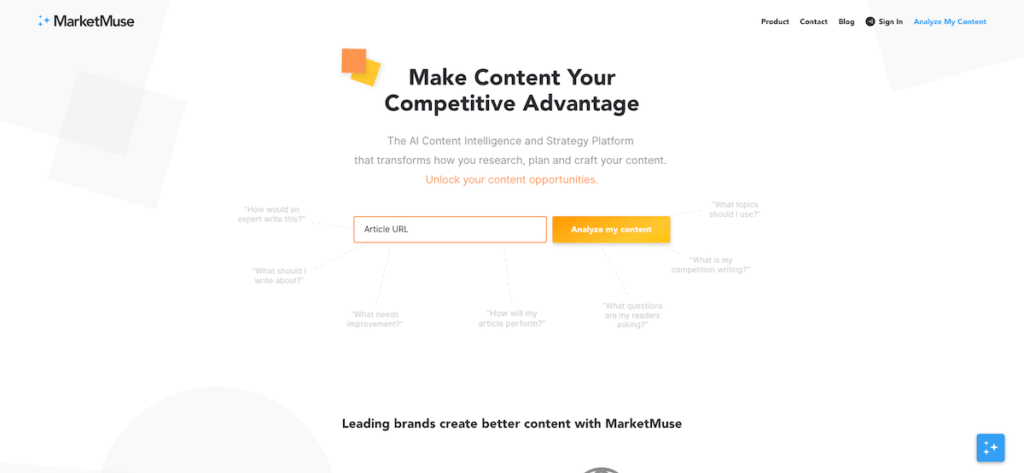
MarketMuse uses AI to help you look at your content both from a 10,000-foot view and on a piece-by-piece basis. Using MarketMuse, content teams can analyze their content as well as that of their competitors to determine where content gaps and ranking opportunities exist.
You can analyze each piece of content and get suggestions on how to improve it to rank in search, too.
Take these findings and use them to create a plan to update older content and create new content. MarketMuse will generate briefs with title and keyword suggestions, as well as internal linking opportunities and questions to answer in each piece.
The platform really helps you create the foundation of your content strategy and fits very well into any workflow.
Loomly

When planning content marketing campaigns, don’t overlook your social media content. Social media poses its own set of challenges between researching, planning, posting, and interacting with users.
Loomly helps social media managers with all of that. You can keep track of ideas, optimize and preview posts, schedule posts for the best time for your audience, track how they’re doing and, finally, interact with users who share and reply to your social media posts.
Editorial Calendar and Project Management Tools
Once you have your plan in place, you need a way to track progress. From the most basic spreadsheet to a Kanban app with all the bells and whistles, these tools will help you ensure on-time publishing.
Google Sheets
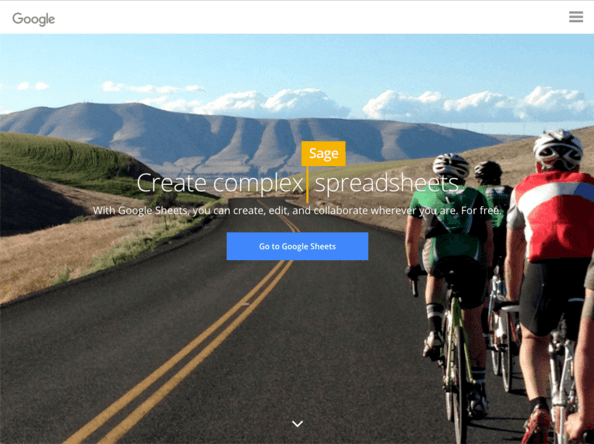
A straightforward and free way to create a content calendar and share it with your team is to use Google Sheets. You literally have a blank page to create and customize a schedule that fits your needs.
When I ran a parenting blog, I used Google sheets as my management tool. In it, I would record every part of the planning process, from the title and summary to the assigned writer, to the due date, to the publishing date and performance.
AirTable
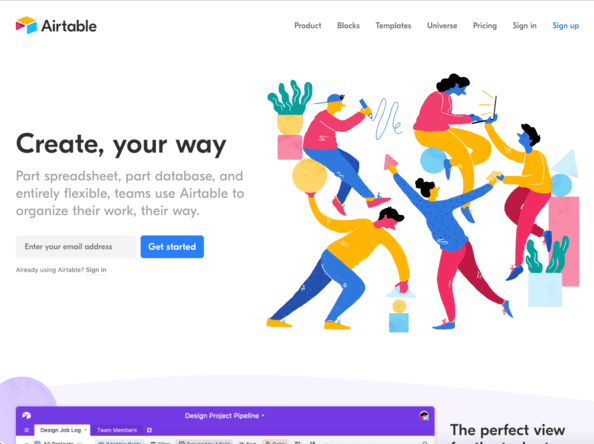
This is a planning and collaboration tool that isn’t specifically for editorial calendars. Teams in all kinds of industries can use it to organize work in either a grid, calendar, kanban, gallery, or form view.
The calendar feature in AirTable can help you keep track of campaigns and publish dates. You can also keep track of tasks and communicate with project members.
Monday

Monday is also customizable to your project needs, with kanban, calendar, and other templates available. In addition to setting a schedule, you can assign tasks to team members and keep track of their progress.
It also integrates with your existing project and communications apps, including Excel, Google apps, Trello, Dropbox, and Slack.
Trello
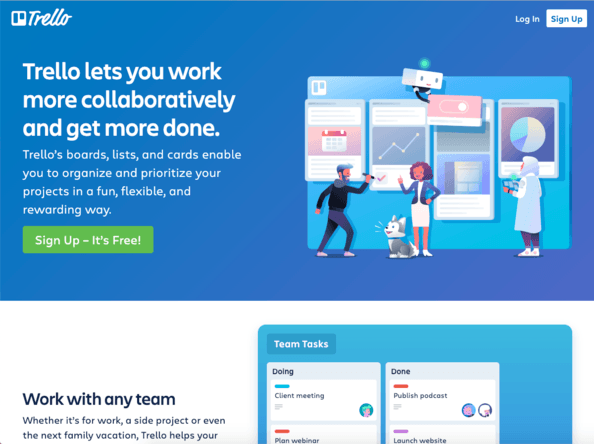
I know plenty of editorial and marketing teams who use Trello to organize their work.
First of all, it’s free, which is a big plus.
Trello uses a kanban board structure to help you organize work. You can add comments and attachments, and assign specific tasks to team members.
It doesn’t really give you a calendar view, but it does allow you to track progress on multi-faceted projects. That can be helpful with large content projects that include several pieces, formats, and release dates.
Other Content Planning Software
These tools offer a mix of planning and tracking, and they provide functionality that other planning tools don’t, necessarily.
CoSchedule
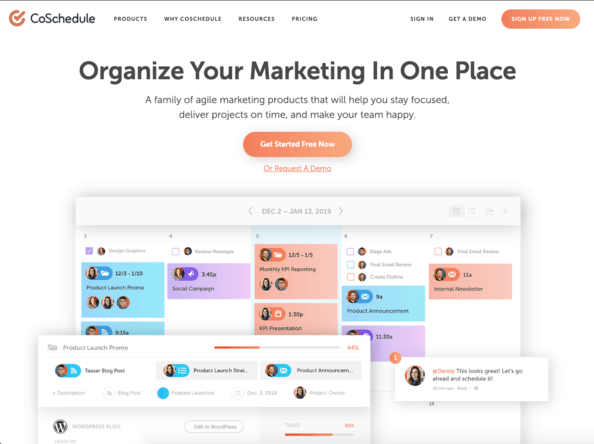
CoSchedule has all of the planning and tracking features of the editorial calendar tools I mentioned above. You can assign, track, and get updates on projects, blog posts, and other content types, and plan out your calendar months in advance.
But there’s one other neat feature this great tool has. You can pull all of your social promotion into CoSchedule, publish your posts, and track how they’re doing.
Gather Content

This is more of a project management tool for content. Gather Content lets you organize your content projects, create templates to keep content consistent, keep track of progress, and then approve and migrate finished content.
Wistia

Wistia is a content strategy and planning tool specifically for video. It will help you create, host, and publish your video content, and it will even inject SEO-optimized metadata into your videos to help them rank. Finally, use their analytics and A/B testing tools to plan future video projects.
Kapost

Kapost is a content management platform that fully integrates with your current marketing technology stack. It’s what’s called enterprise-level content management software.
It provides teams with the tools to plan, publish, and track their content.
It also uses AI to track content messaging. But instead of making sure your content is satisfying user’s needs, it tracks how well your content is delivering the right brand messaging.
Summary
Content strategy and planning is an essential first step in your content marketing campaign. It provides the basis for your entire content effort and keeps everyone on track. Even if you use something as basic as Google Sheets, maintaining a central, shareable master document will make sure your content marketing strategy doesn’t go awry.
Laurie is a freelance writer, editor, and content consultant and adjunct professor at Fisher College. Her work includes the development and execution of content strategies for B2B and B2C companies, including marketing and audience research, content calendar creation, hiring and managing writers and editors, and SEO optimization. You can connect with her on Twitter or LinkedIn.